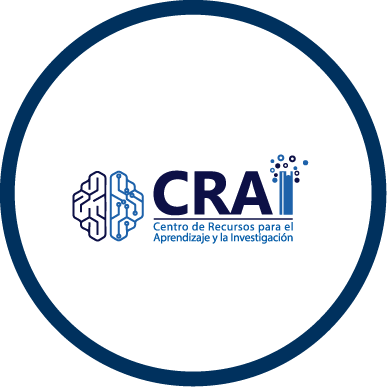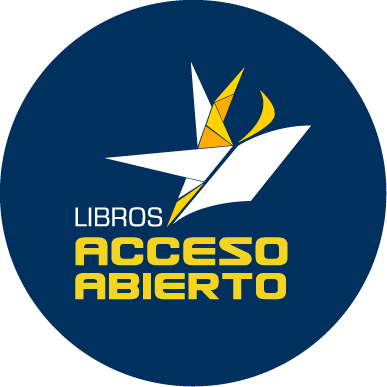Desarrollo De Un Prototipo De Gafas Basado En Movimientos Oculares Sacádicos Provenientes De La Señal Electrooculografía (EOG) Para La Asistencia Digital De Personas Con Discapacidad Motriz Severa
Disability refers to a condition that can be attributed to a wide variety of factors, whether external or congenital in origin. Among these factors, traumatic injuries, infections, spinal cord diseases, and even complications resulting from medical procedures stand out. These conditions significantl...
Saved in:
| Main Author: | |
|---|---|
| Other Authors: | |
| Format: | Tesis/Trabajo de grado - Monografía - Pregrado |
| Language: | Español |
| Published: |
Universidad Antonio Nariño
2025
|
| Subjects: | |
| Online Access: | https://repositorio.uan.edu.co/handle/123456789/12416 |
| Tags: |
Add Tag
No Tags, Be the first to tag this record!
|
| Summary: | Disability refers to a condition that can be attributed to a wide variety of factors,
whether external or congenital in origin. Among these factors, traumatic injuries, infections,
spinal cord diseases, and even complications resulting from medical procedures stand out.
These conditions significantly affect the quality of life of those who experience them,
limiting their autonomy and mobility. For this reason, the development of assistive
technologies is essential to mitigate such limitations and contribute to improving the lives
of people with disabilities.
In this context, one of the most promising emerging technologies is the use of
electrooculography (EOG)-based glasses, which enable the intuitive control of devices such
as wheelchairs by tracking the user's eye movements. These glasses represent an innovative
solution that promotes the independent mobility of people with motor disabilities,
significantly enhancing their interaction with their surroundings.
The main objective of this project is the design and development of a rehabilitation
system based on EOG glasses. This system will not only capture and process the signals
generated by eye movements but also adapt them for different applications in the field of
rehabilitation. In doing so, it aims to provide a technological tool that facilitates mobility,
improves quality of life, and promotes the inclusion of people with reduced mobility in their
daily activities |
|---|




